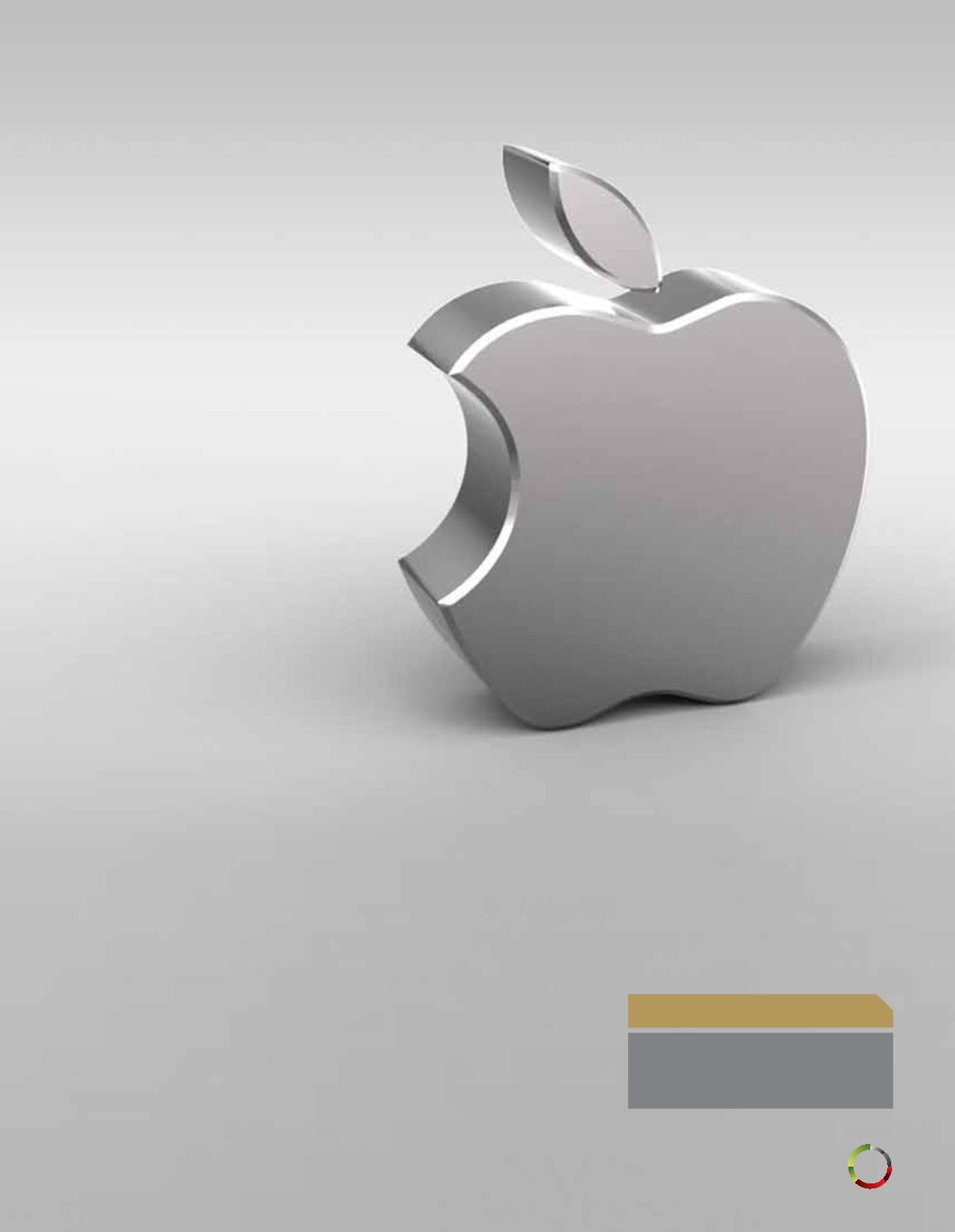
with Wozniak to develop the game and
split the reward. He didn’t mention that
there was a bonus tied to keeping down
the number of chips. Jobs knew that a
game like this woul take most engineers
a few months but Jobs said it had to be
done in four days. Wozniak stayed up
four nights in a row and did it using 45
chips. Jobs was rewarded for saving five
chips.
Birth of Personal Computers
The January 1975 issue of Popular Me-
chanics, had on its cover the first per
-
sonal computer kit, the Altair which cost
$495. This caught the attention of Bill
Gates and Paul Allen who started work-
ing on a version of BASIC, an easy-to-
use programming language, for the Altair.
It also caught the attention of Jobs and
Wozniak. At first Wozniak planned to use
the same microprocessor that was in the
Altair but it was too expensive. He found
that the Motorola 6800 cost just $40
apiece. Then he discovered a chip made
by MOS Technologies that cost only $20.
It would make his machine affordable.
He began writing the software that would
get the microprocessor to display im-
ages on the screen. Because he could
not afford to pay for computer time, he
wrote the code by hand. After a couple of
months he was ready to test it. “I typed
a few keys on the keyboard and I was
shocked! The letters were displayed on
the screen.” It was June 29, 1975, a mile-
stone for the personal computer.
Apple I
Jobs and Wozniak started thinking about
founding their own company. Jobs worked
out a plan to pay a guy he knew at Atari to
draw the circuit boards and then print up
fifty or so. That would cost about $1,000,
plus the fee to the designer. They could
sell them for $40 apiece and clear a profit
of $700.
In order to raise the money they needed,
Wozniak sold his HP 65 calculator for
$500, though the buyer ended up stiffing
him for half of that. Jobs sold his Volkswa-
gen bus for $1,500 but had to pay part of
the amount for repair. They had $1,300
in working capital. Now that they had de-
cided to start a business, they needed a
name. They considered some straightfor-
ward boring names, like Personal Com-
puters Inc. Finally Jobs proposed Apple
Computer. He was on one of his fruitar-
ian diets and had just come back from
the apple farm his friend owned. Another
objective was to get the name ahead of
‘Atari’ in the phone book. Apple was a
smart choice. The word instantly signaled
friendliness and simplicity. It managed to
be both slightly off-beat and as normal as
a slice of pie. There was a whiff of coun-
terculture, back-to-nature earthiness to it.
Jobs was awed by Wozniak’s engineer-
ing wizardry, and Wozniak was awed by
Jobs’ business drive. On April 1, 1976,
they went to their friend Wayne’s apart-
ment to sign the three-page partnership
agreement. Shares were 45% for Jobs,
45% for Wozniak and 10% for Wayne.
However, after 11 days, Wayne got cold
feet, especially when Jobs started plan-
ning to borrow and spend more money.
Wayne received $800, and shortly after-
ward $1,500 more. Had he stayed on and
kept his 10% stake, at the end of 2010
it would have been worth approximately
$2.6 billion. Instead he now lives on so-
cial security alone in a small home in Ne-
vada.
Next issue:
• Apple makes profit after
thirty years
21
February
2014


